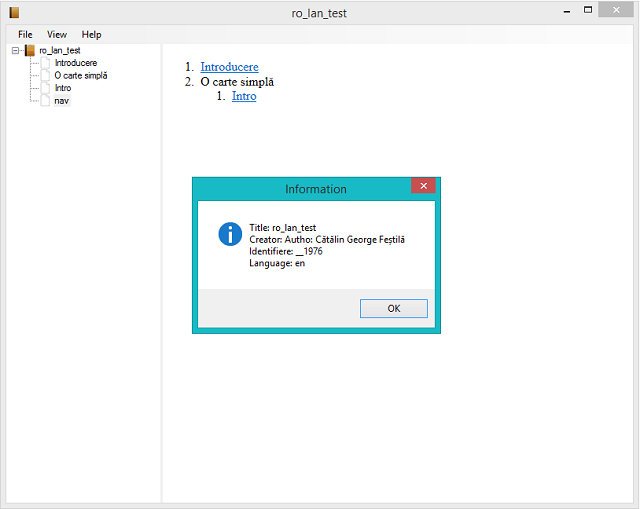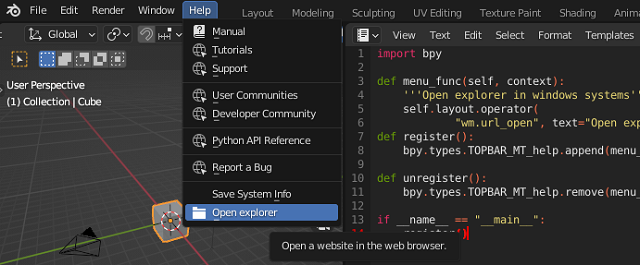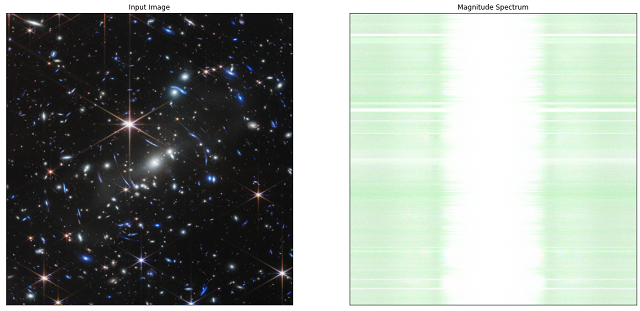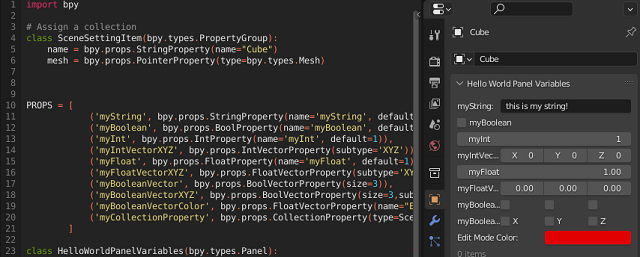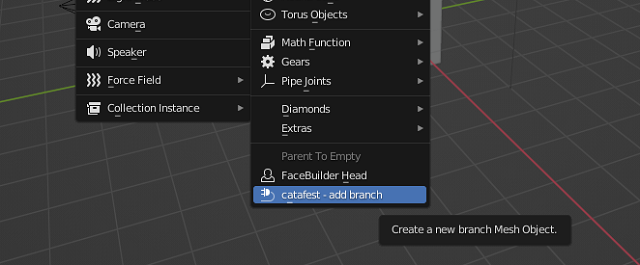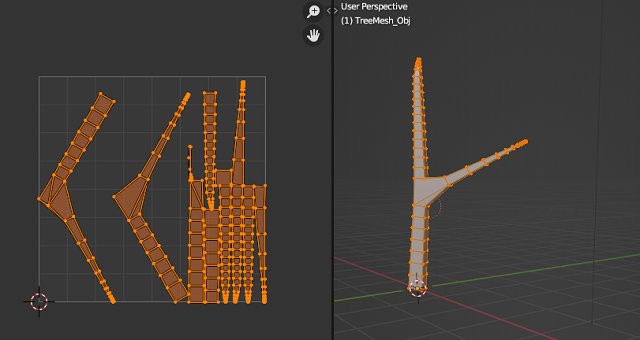EbookLib is a Python library for managing EPUB2/EPUB3 files. It’s capable of reading and writing EPUB files programmatically.
You can read more about this python library on this website.
First, I install with the pip tool:
C:\Python310>python -m pip install --upgrade pip
Requirement already satisfied: pip in c:\python310\lib\site-packages (22.1)
Collecting pip
WARNING: Retrying (Retry(total=4, connect=None, read=None, redirect=None, stat
us=None)) after connection broken by 'NewConnectionError(': Failed to establish a n
ew connection: [Errno 11001] getaddrinfo failed')': /packages/1f/2c/d9626f045e7b
49a6225c6b09257861f24da78f4e5f23af2ddbdf852c99b8/pip-22.2.2-py3-none-any.whl
Downloading pip-22.2.2-py3-none-any.whl (2.0 MB)
---------------------------------------- 2.0/2.0 MB 1.5 MB/s eta 0:00:00
Installing collected packages: pip
Attempting uninstall: pip
Found existing installation: pip 22.1
Uninstalling pip-22.1:
Successfully uninstalled pip-22.1
Successfully installed pip-22.2.2
C:\Python310>python -m pip install lxml-4.9.0-cp310-cp310-win_amd64.whl
Processing c:\python310\lxml-4.9.0-cp310-cp310-win_amd64.whl
Installing collected packages: lxml
Successfully installed lxml-4.9.0
C:\Python310>python -m pip install EbookLib --user
Collecting EbookLib
Using cached EbookLib-0.17.1.tar.gz (111 kB)
Preparing metadata (setup.py) ... done
Requirement already satisfied: lxml in c:\python310\lib\site-packages (from Eboo
kLib) (4.9.0)
Collecting six
Using cached six-1.16.0-py2.py3-none-any.whl (11 kB)
Using legacy 'setup.py install' for EbookLib, since package 'wheel' is not insta
lled.
Installing collected packages: six, EbookLib
Running setup.py install for EbookLib ... done
Successfully installed EbookLib-0.17.1 six-1.16.0 I used a the simple python script from the last tutorial to test it:
The last tutorial used the default script from the official webpage.
Compared to the default script, I made changes, the selection in the Romanian language and diacritics...
from ebooklib import epub
book = epub.EpubBook()
# set metadata
book.set_identifier('__1976')
book.set_title('')
book.set_language('en')
book.add_author('Autho: Cătălin George Feștilă')
# create chapter
cap001 = epub.EpubHtml(title='Intro', file_name='capitolul_01.xhtml', lang='ro')
cap001.content=u'<h1>Introducere</h1><p>Această carte este...</p>'
# add chapter
book.add_item(cap001)
# define Table Of Contents
book.toc = (epub.Link('capitolul_01.xhtml', 'Introducere', 'introducere'),
(epub.Section('O carte simplă'),
(cap001, ))
)
# add default NCX and Nav file
book.add_item(epub.EpubNcx())
book.add_item(epub.EpubNav())
# define CSS style
style = 'BODY {color: white;}'
nav_css = epub.EpubItem(uid="style_nav", file_name="style/nav.css", media_type="text/css", content=style)
# add CSS file
book.add_item(nav_css)
# basic spine
book.spine = ['nav', cap001]
# write to the file
epub.write_epub('ro_lan_test.epub', book, {})This is the result of the epub file:
